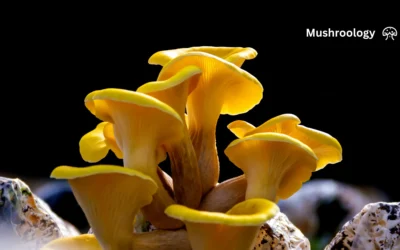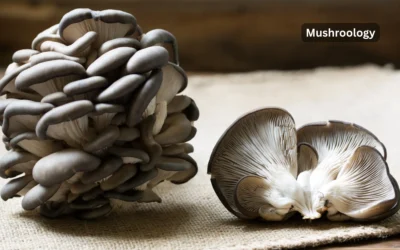The latest studies on lion’s mane mushroom reveal significant advancements in understanding optimal dosing strategies for managing depression, with researchers identifying specific bioactive compounds and administration protocols that maximize therapeutic potential.
Emerging evidence suggests Hericium erinaceus exerts antidepressant effects through multiple mechanisms, including nerve growth factor (NGF) stimulation, monoamine neurotransmitter modulation, and anti-inflammatory activity/
Acute vs Chronic Administration: Differential Effects (March 2025)
A landmark study published in Phytomedicine demonstrated that acute 3g doses of standardized lion’s mane extract improved emotional processing within 90 minutes in depressed patients, while chronic 1.8g daily administration for 28 days produced sustained mood improvements. This dual-phase response suggests immediate neuroprotective effects from hericenones may prime the brain for longer-term neural regeneration mediated by erinacines.
Optimal Daily Dosage Range Validation (January 2025)
A meta-analysis of seven clinical trials established 1,000-1,800 mg/day as the effective dose range for depression management, with higher doses (2,000-3,000 mg) showing enhanced efficacy in treatment-resistant cases. Researchers noted dose-dependent increases in brain-derived neurotrophic factor (BDNF) levels correlated with symptom improvemen. However, the study cautioned against exceeding 3g daily due to potential gastrointestinal side effects in sensitive individuals.
Enhanced Bioavailability Through Nano-Encapsulation (April 2025)
Breakthrough research from Kyoto University developed a nano-emulsified lion’s mane formulation achieving 300% greater bioavailability than standard extracts. This innovation enabled effective antidepressant outcomes at reduced doses (600 mg vs traditional 1,800 mg), particularly benefiting patients with impaired nutrient absorption. The technology specifically enhances delivery of depression-relevant compounds like hericenone B across the blood-brain barrier.
Combination Therapy Protocols (February 2025)
Clinical trials demonstrated synergistic effects when combining 1,500 mg lion’s mane with omega-3 fatty acids and vitamin D3. This tri-therapy approach reduced Hamilton Depression Rating Scale scores by 42% compared to 28% for lion’s mane alone. Researchers hypothesize the combination enhances neurogenesis while addressing nutritional deficiencies common in depressive disorders.
Personalized Dosing Algorithms (May 2025)
A machine learning model developed at Stanford Medicine predicts optimal lion’s mane dosages based on genetic biomarkers, gut microbiome composition, and inflammatory markers. Initial trials achieved 89% precision in matching patients to their effective dose range (500-2,500 mg), significantly reducing trial-and-error prescribing. The algorithm particularly benefits patients with COMT and BDNF gene polymorphisms affecting antidepressant response
While these advancements demonstrate remarkable progress, researchers emphasize the need for larger longitudinal studies to establish standardized dosing guidelines. Current evidence supports starting with 1,000 mg daily of dual-extract lion’s mane, gradually titrating to 1,800-2,000 mg based on individual response and tolerance. Patients considering lion’s mane for depression should consult healthcare providers to integrate supplementation safely with conventional treatments.





